Aquaria@UMS
Everyone is hyped for Aquaria KLCC, yes what could be the largest marine display located in the city of Malaysia is surely a thrill to look forward to especially with all the exotic marine life that will be on display. While those in Kuala Lumpur will get a good look at this latest attraction, there has been a little known secret residing here in Kota Kinabalu, Sabah that many people are unaware of. It has not been promoted in any travel magazines, no tour groups are visiting it and mostly people only hear about it from word of mouth by students that have heard about it.
There is in existence of a marine aquarium, small by Aquaria@KLCC standards but no less a novelty or lacking in terms of quality in showcasing marine life to landlocked folks. Since the inception of University Malaysia Sabah and the setting up of the Borneo Marine Research Institute (BMRI), plans were underway to build an accompanying aquarium exhibit to popularize marine studies to the masses. A single building to house multiple exhibits including a tank mimicking natural ecological realms and a visitor center to house displays and informative posters was finally realized.
The main entrance greets visitors with a visual display, a long tunnel reaching to the roof is decorated with displays of marine life. Venturing to the main area, different tank environments is based on different themes such as different ecological regions; i.e. mangrove habitats, deep sea realms, coral beds, tropical ocean basins etc. These display are stocked with various marine inhabitants, for example the largest of the habitats incorporates the mangrove forests with a coral bed display highlighting the linkages both habitats have for each other, here schools of fishes race along the place, sea urchins and starfishes cling to the glass enclosure, moray eels poke their head every few minutes from the rocky crags and giant groupers can be seen in the background.
Smaller tanks house more specific exhibits such as hard corals with their bioluminescence and giant clams, also present are sponges and soft corals with sea anemones replete with clown fishes. Occasionally special exhibits have been brought in such as a seaweed tank. We don't have more exotic species such as sharks so anyone looking foawrd to them may be dissapointed. Adjoining the display room is the collection room where various samples brought back during sampling trips includes coral skeletons and a complete set of a dolphin, the remains of a beached specimen found locally. Interactive panels are set to allow visitors to find out about the various exhibits and multimedia software is easy to use by laypersons. Posters of current projects are also shown to those interested.
Budgetary costs to keep the facility running are understandably high due to the high tech filtration equipment and special lighting needs to maintain the habitats. Coincidentally there are no current plans to open up the place for mass tourists’ consumption though when it was first envisaged there were programs for such, even a gift shop was suppose to be in the works. Now mostly the aquarium caters as a learning center for interested parties, school children and organizations are the biggest visitors with tours arranged with the aquarium managers. VIPs tat visit the university often drop by for a look. The aquarium is manned by several permanent staff that takes care of the day to day needs as well as volunteers who work as interpretive guides for visitors.
Now I’ll let you in on a secret, anyone can technically visit the place. All you have to do is call ahead and set up an appointed date for your visit. En. Ali is the administrator of the place and can be contacted through the university. The Institute also caters for any groups that are interested in marine life or plans to hold field trips at the aquarium. Arrangements for visits for groups are also made to the same channels. Though payment is free, there is a donation box set up to allow people to contribute and keep the aquarium running. So if you’re ever down in Kota Kinabalu give it a thought to drop by. The address of the place is;
Institut Penyelidikan Marin Borneo, Universiti Malaysia Sabah, Beg Berkunci No 2073, 88999, Kota Kinabalu, Sabah, Malaysia
Visiting hours are as follows;
Monday, Tuesday & Thursday 10.00 a.m.-4.30 p.m.
Fridays 10.00 a.m.-11.30 a.m. 2.00 p.m.- 4.30 p.m.
Closed
1st and 3rd Saturday
Public Holiday
Wednesday (Cleaning & Maintenance)
Just make the necessary arrangements, ask the guard at the front gate to point out the way to the Institute and contact any personnel from the aquarium once you reach the place and they’ll do the rest.

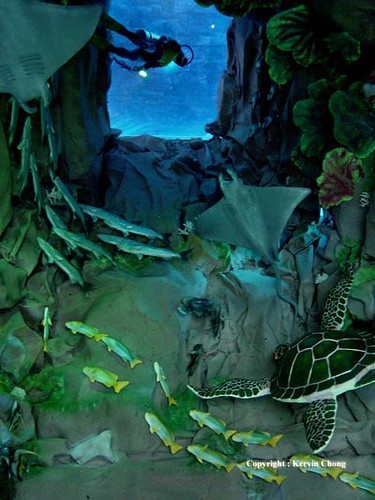
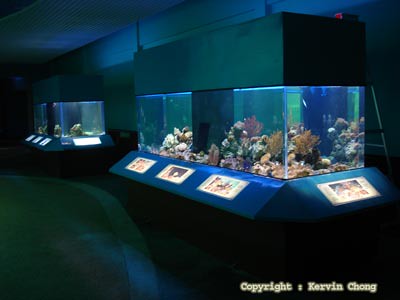
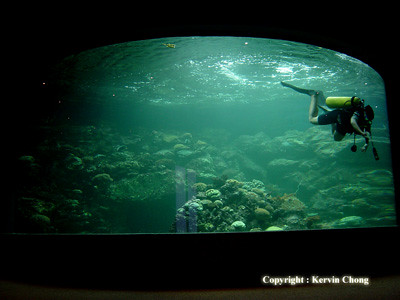
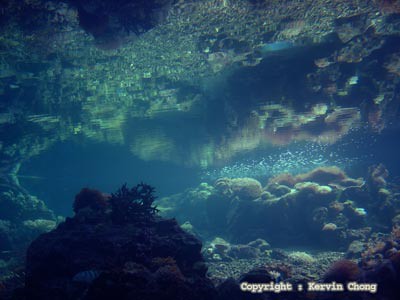
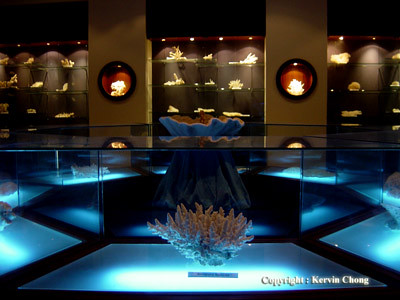

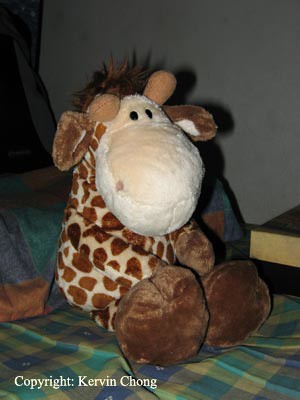

2 comments:
I want to know what number should i contact if i want to visit the aquaria@UMS... Kindly tell me ASAP.. Thanks!
You can contact the institute to make an appointment or find out when the aquarium is open to visitors. Either direct enquiries to mailto:bmru@ums.edu.my or call direct at 088-320000 ext 2631 to ask for information at the office.
Post a Comment